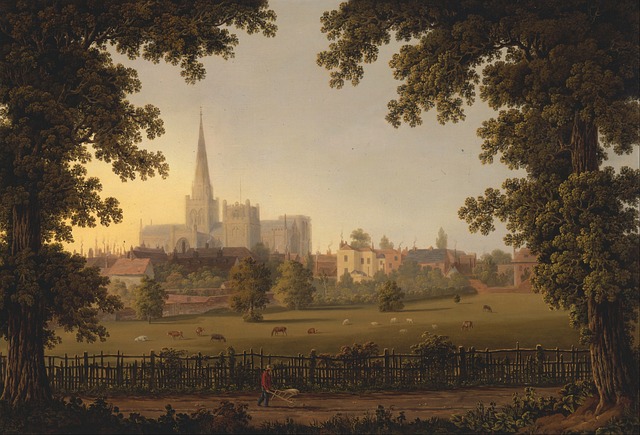Agritourism, driven by travelers' desire for authentic nature experiences, has transformed rural areas through parks, trails, and farm stays, fostering community, preserving heritage, and promoting sustainable development. Integrating nature into real estate is a strategic move to attract buyers and tenants in today's competitive market. Parks, trails, and agritourism experiences enhance property values, stimulate economic growth, create jobs, and foster a sense of community, making areas more desirable for residents and investors.
Parks, trails, and agritourism are reshaping rural landscapes, offering unique outdoor experiences that blend nature with real estate. This trend, known as agritourism, not only attracts visitors seeking tranquil escapes but also fosters community development and economic growth. The integration of these elements creates diverse opportunities, from eco-friendly tourism to sustainable farming practices. In this article, we explore how parks, trails, and agritourism experiences are transforming rural communities, enhancing their appeal in the modern world.
The Rise of Agritourism: How Parks and Trails are Transforming Rural Landscapes

In recent years, agritourism has emerged as a dynamic force, reshaping rural landscapes and revitalizing local communities. This trend is closely tied to the increasing demand for authentic, immersive experiences among travelers seeking connections with nature and agriculture. Parks and trails play a pivotal role in this transformation by offering accessible gateways into the heart of rural areas, fostering a sense of community and preserving agricultural heritage.
The integration of agritourism into the fabric of parks and trails has sparked a new era in real estate development. Farm stays, u-pick farms, and eco-tourism ventures are becoming popular draws, attracting visitors who yearn for firsthand experiences with local farmers and artisans. This shift not only boosts rural economies but also promotes sustainable practices by encouraging conservation efforts and the preservation of agricultural land, ultimately enriching both the environment and the lives of those who call these landscapes home.
Integrating Nature and Real Estate: Designing Outdoor Experiences that Attract

In the competitive real estate market, integrating nature and outdoor experiences into property development is a strategic move to attract buyers and tenants alike. As urban areas continue to expand, there’s a growing demand for spaces that offer a connection with nature, creating a unique selling point for developers. Parks, trails, and agritourism experiences are not just amenities; they are key elements in designing vibrant, desirable communities.
By incorporating these natural features, real estate projects can provide residents with opportunities for recreation, wellness, and education. Well-designed trails and parks enhance property values and contribute to a sense of community. Agritourism, particularly, offers a unique blend of rural charm and modern amenities, appealing to those seeking an alternative lifestyle while also fostering sustainability and local food systems.
The Economic Impact: Parks, Trails, and Agritourism's Role in Community Development

Parks, trails, and agritourism experiences play a pivotal role in community development, driving economic growth and enhancing local real estate markets. These attractions attract visitors from both within and outside the community, boosting local businesses and creating employment opportunities. The influx of tourists stimulates spending at nearby restaurants, shops, and hotels, contributing to a thriving economy. Moreover, well-maintained parks and trails increase property values and make an area more desirable for residents and investors alike. This, in turn, can lead to revitalized neighborhoods and the development of new real estate projects, further enriching the local community.






